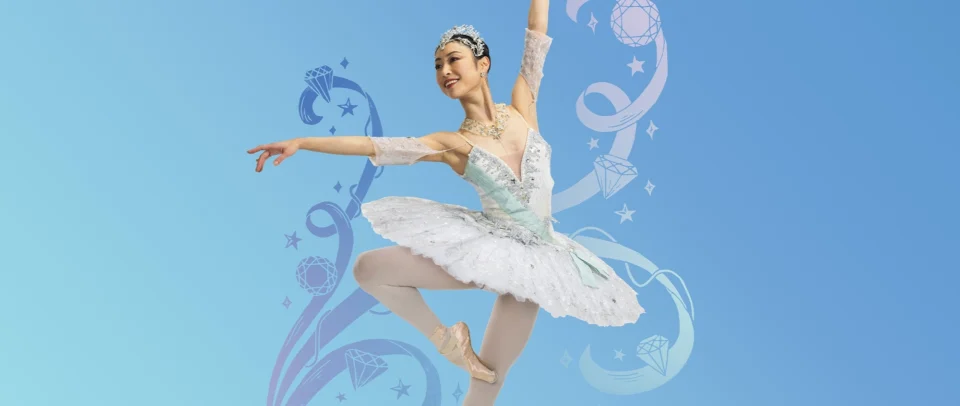The 20th century saw an explosion of new dance forms that reflected profound social, political, and technological changes.
From the rise of jazz and swing to the emergence of hip hop and contemporary dance, 20th century dance was marked by innovation, rebellion against tradition, and global cross-pollination.
Here’s a broad overview, organized by major movements and developments:
Table of Contents

1. Early 20th Century Dance: Breaking from Tradition
20th Century Ballet Evolution
Classical ballet remained prominent, especially in Europe and Russia.
However, innovators like Sergei Diaghilev’s Ballets Russes (with choreographers like Nijinsky and Balanchine) began pushing boundaries with bold themes, modernist music, and expressive choreography.
- Modern Dance: Pioneers such as Isadora Duncan, Ruth St. Denis, and Ted Shawn in the U.S. rejected ballet’s rigidity. They introduced free-flowing, expressive movements inspired by nature, spirituality, and non-Western cultures.
- Expressionist Dance (Ausdruckstanz): In Germany, dancers like Mary Wigman and Rudolf Laban developed a deeply emotional, often abstract style of modern dance that explored internal experience.
2. Mid-20th Century Dance Styles: Codification and Popularization
- Martha Graham revolutionized modern dance with her technique focused on “contraction and release.” She influenced generations of choreographers.
- Lester Horton, Katherine Dunham, and Alvin Ailey introduced African and Caribbean elements, making Black American experiences central to American concert dance.
- Jazz Dance evolved alongside American jazz music, drawing from African American vernacular styles. It found a home on Broadway and in Hollywood musicals.
- Swing Dance styles (Lindy Hop, Jitterbug) flourished in the 1930s and ’40s, tied to the Big Band era.
- Ballroom Dance gained popularity through competitions and Hollywood films, including waltz, foxtrot, rumba, and cha-cha.
20th Century Dances #3. Postmodern Dance (1960s–1970s)
- Dancers and choreographers like Merce Cunningham, Yvonne Rainer, and Trisha Brown rejected narrative and emotion. Influenced by visual art and chance operations, they used everyday movements and often performed in non-traditional spaces.
- Contact Improvisation, developed by Steve Paxton, emphasized spontaneous movement and physical dialogue between dancers, often involving rolling, falling, and weight-sharing.
4. Globalization and Fusion (1980s–1990s)
- The world became more connected, and dance styles began fusing across cultures. Traditional forms like capoeira, Kathak, and Butoh were increasingly seen on global stages.
- Dance became more interdisciplinary, incorporating video, spoken word, visual art, and technology.
5. Social and Street Dance
- Hip Hop emerged in the Bronx in the 1970s, evolving from breakdancing to include popping, locking, krumping, and later, dance battles.
- Club and street dances (like vogueing, waacking, and house dance) emerged from LGBTQ+ and Black/Latino communities, later entering mainstream culture via music videos and television.
- MTV and artists like Michael Jackson and Janet Jackson elevated dance in pop culture.
6. Dance on Film and TV
- Dance exploded in film musicals (e.g., Fred Astaire, Gene Kelly) and later in shows like Fame, So You Think You Can Dance, and Dancing with the Stars, helping democratize and globalize dance appreciation.
Key Themes of 20th Century Dance:
- Rebellion and Innovation: A continual rejection of previous forms in favor of new expressions.
- Cultural Dialogue: Cross-cultural influences became more pronounced over time.
- Physical and Emotional Range: From abstract to deeply personal.
- Accessibility and Popularity: From elite concert halls to street corners and nightclubs.
Update: The Visa 2 Dance Contemporary Dance Festival is now known as Time 2 Dance.
READ ALSO: Memorable Tatyana Ali 90s Shine
Contemporary Dance: a style of dance that emerged in the 20th century. Defining this style is very difficult, as it is an extremely fluid and very nebulous style of dance.
Photo credits: Birmingham Royal Ballet
This sounds REALLY interesting Biche; you managed to convey the multi-faceted nature of this festival: artistic, bizarre and yet communicating very powerfully. I think I should see to it that my next visit to Dar coincides with the next festival.
… and happy new year by the way.
Happy New Year to you too, Vive (though of course, by now, I’ve already said that to you in person! :-))!
Visa 2 Dance is REALLY interesting. So does that mean I’ll be seeing you in Dar this October? LOL.